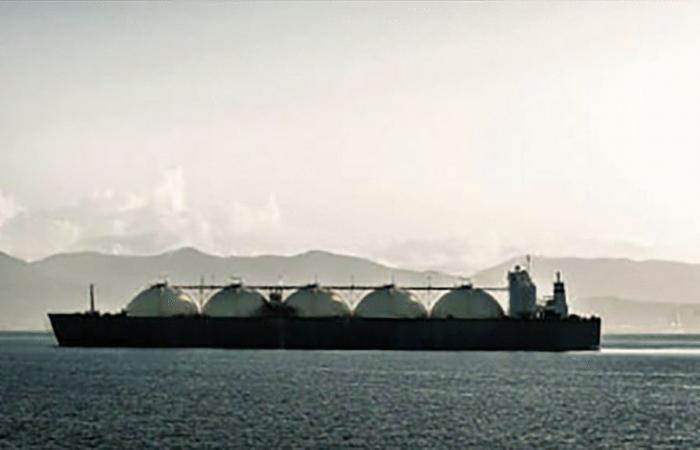
Natural gas will become a fundamental pillar of the energy future of Southeast Asia, and it is projected to represent up to 30% of the region’s primary energy matrix by 2050, according to Wood Mackenzie. With a demand that is expected to exceed both that of oil and coal, countries such as Malaysia, Thailand, Philippines and Vietnam lead the transition to gas to boost economic growth, energy safety and transition to fuels with greater carbon intensity.
Wood Mackenzie’s report on the strategic planning perspectives of gas in Southeast Asia projects that the demand for gas will grow at an annual compound growth rate (CAGR) average of 3.1 % until 2035. The gas energy capacity of the region is expected to be doubled and it is projected that consumption will increase approximately 89.5 % between 2025 and 2050.
Gas energy generation in Southeast Asia by 2050
Johnson Quadros, Chief of Gas Research and LNG at Wood Mackenzie, said: “The increase in gas demand is due to the rapid growth of the economies of the region, the expansion of data centers, the intermittency of renewable energies and the continuous transition from carbon to gas. However, the region faces challenges to meet this demand only with national production.”
Southeast Asia will become a net importer of LNG in 2032
According to Wood Mackenzie, Southeast Asia will become a Net LNG importer by 2032, and the demand is expected to increase approximately 182% during the next decade. This change will generate opportunities for LNG suppliers, since the region is expected to house some of the fastest growing markets worldwide by 2050.
“As the internal demand for gas and energy security increases, it becomes a growing concern, Southeast Asia countries, particularly Indonesia and Malaysia, focus their attention on promoting national production,” said Raghav Mathur, main gas research analyst at Wood Mackenzie.
“It is likely that the deposits recently put into operation and the recent discoveries maintain production until the end of the 2020 Release future volumes for both LNG and internal consumption, ”he added.
LNG growth will face costs of costs and infrastructure
LNG’s affordability continues to represent a challenge for demand growth as Southeast Asia evolves towards a mixture of LNG predominantly. The report highlights that government support – through favorable fiscal or political incentives, gas and electricity chains – will be crucial for the success of LNG conversion projects into electricity. The signing of energy purchase agreements (PPA) for these projects will be vital to sustain the growth trajectory of the region.
The Wood Mackenzie report highlights the critical need to have multiple floating storage and regasification units (FSRU) until 2030. However, uncertainty about the availability of FSRU could put growth plans at risk. Identify strategic partners and address financial challenges for the development of LNG infrastructure will be essential to meet the growing gas demand in the region.





